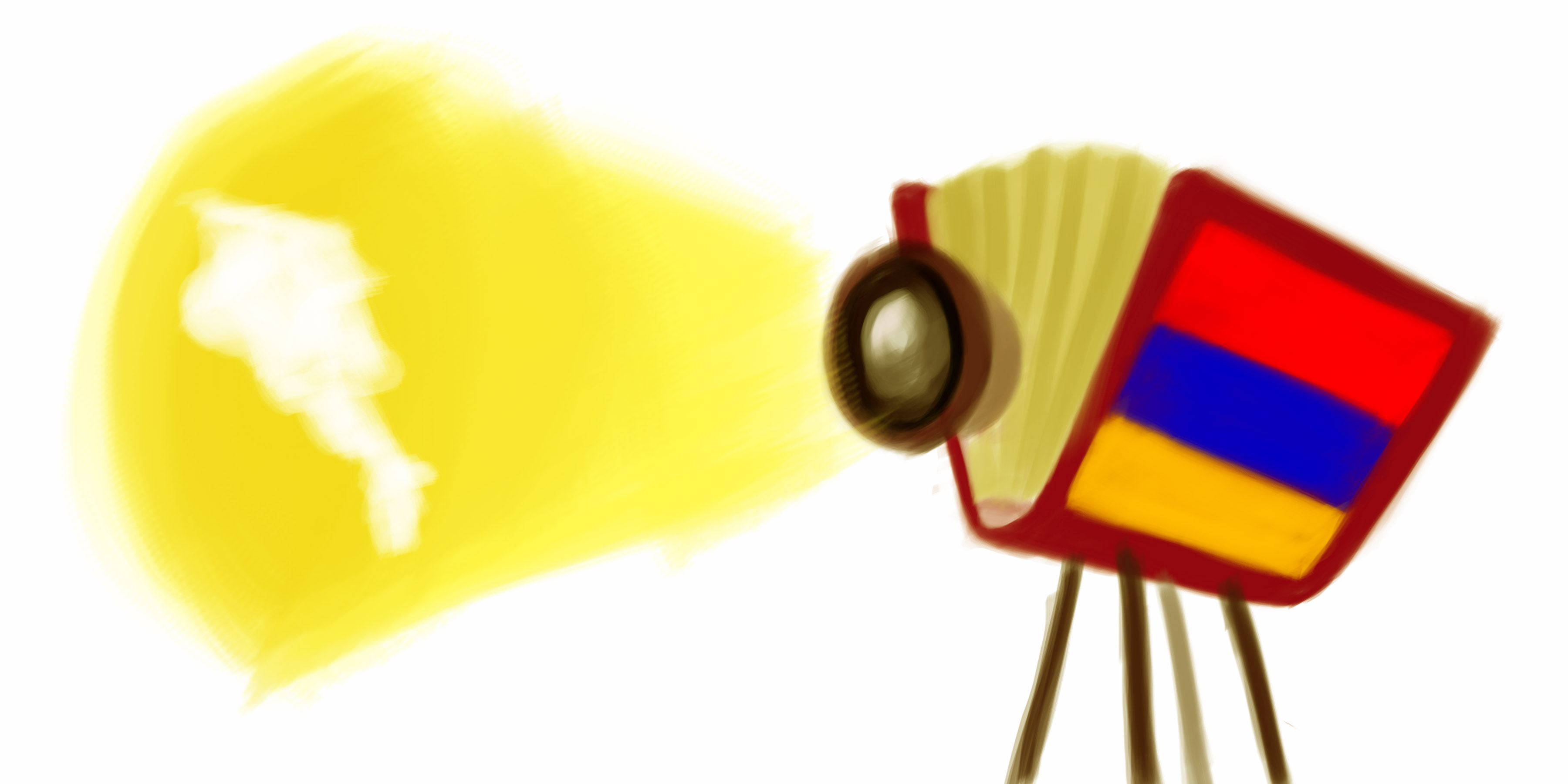History of Armenian genocide should be taught despite government denial_

By Rohan Viswanathan
April 24, 2011 11:02 p.m.
All throughout my elementary and middle school years, I was educated on the numerous genocides of the 20th century: the Holocaust, Rwanda, Darfur. I was told to look at these events as the worst acts of inhumanity ever committed; however, these events all took place after the Armenian genocide.
When the Young Turks took control of the Ottoman Empire around the beginning of World War I, they aimed to remove groups of people who did not fit within their “Pan-Turkism” ideology.
Millions of Armenians were relocated during the Turkish ethnic cleansing through death marches to the desert where they were executed.
Turkey denies the allegations of genocide, insisting the deaths were a consequence of World War I. Turkey also refuses to acknowledge the event as a genocide and has threatened allied countries, such as the U.S., that it will stop trade and the shared use of military bases, making the chances of universal recognition of the genocide slim.
Despite the magnitude of the genocide’s historical relevance, students are not exposed to it during their schooling. It is disheartening to learn that the deaths of 1.5 million Armenians have largely gone ignored throughout history.
Richard Hovannisian, professor of Armenian and Near Eastern history, said the Armenian genocide introduced the practice systematic killing by a government, and it has since served as the prototype for the Holocaust and genocides in Rwanda and Darfur.
The Armenian Students’ Association hosted a silent march Wednesday in honor of Armenian Remembrance Day. Protesters wore black shirts and covered their mouths with red tape while they marched around campus.
Unfortunately, these kinds of protests do nothing to promote the historical importance of the event and only create a highly politicized environment.
Regardless of the attempts made by the Armenian Students’ Association, UCLA students will not be able to convince governments to accept the classification of genocide through only political means.
The Armenian Students’ Association did demonstrate an educational approach to addressing the issue when a speaker read personal accounts of genocide victims. This was a step in the right direction, helping educate the UCLA community on the effects of the Armenian massacre; but it still does not provide an objective, historical education of the event.
To do so, the Armenian genocide should be made just as prevalent in elementary, middle and high school curricula around the nation as the Holocaust. Just because the U.S. federal government will not recognize the event as a genocide, it should not take away from the importance of the genocide. Already 43 of the 50 U.S. states have recognized the massacre as genocide.
The Los Angeles Unified School District recently provided a two-day workshop for high school history teachers that focused on the Armenian genocide from a historical standpoint. It is appalling that almost a century after the events, many, including college graduates, know very little of the genocide or have never been exposed to it.
The genocide should also be better incorporated into UCLA courses. Fiat Lux seminars discussing the genocide would allow students to learn the history if they want. Just as the Holocaust is a vital part of World War II education, the history department should make the Armenian genocide a vital part of World War I education.
We may not win the political battle, but we can at least win the educational one. It is our responsibility to teach students about all history and give the Armenian genocide the recognition it deserves.
How much do you know about the Armenian genocide? Email Viswanathan at [email protected]. Send general comments to [email protected].

